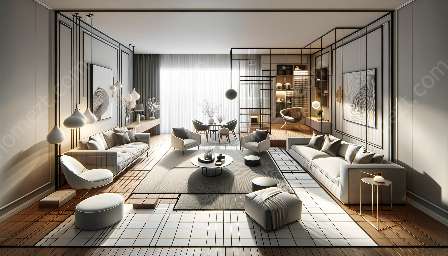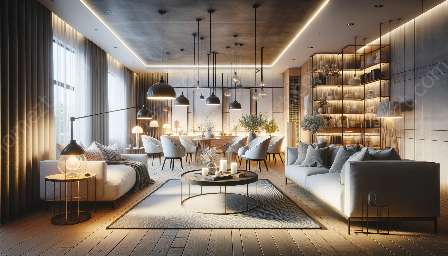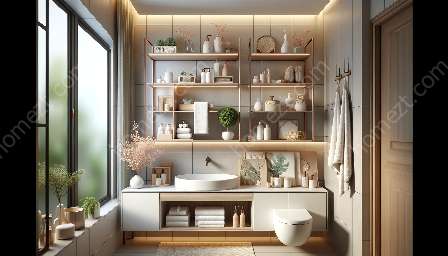Effective store layout and design play a crucial role in the success of businesses within the retail trade industry. Whether it's a brick-and-mortar store, an e-commerce platform, or a combination of both, the way a store is laid out and designed significantly impacts customer experience, business operations, and ultimately, profitability. In this comprehensive guide, we will explore the importance of store layout and design, its impact on retail trade, and considerations for creating a successful and attractive store environment.
The Importance of Store Layout and Design in Retail Trade
When customers enter a retail store, their journey begins from the moment they set foot inside. The layout and design of the store greatly influence how customers navigate through the space, interact with products, and ultimately make purchasing decisions. An effective store layout can create an inviting and seamless shopping experience, while a well-thought-out design can enhance the visual appeal and functionality of the store. Furthermore, in the digital age, where e-commerce has become increasingly prevalent, the design of online platforms also significantly impacts the customer's virtual shopping experience and affects their purchasing behavior.
Key Elements of Effective Store Layout and Design
1. Traffic Flow: A well-designed store layout takes into account the natural flow of customer traffic and strategically guides them through the store. This involves considering the placement of entrance and exit points, aisle width, and the arrangement of display areas to optimize the customer journey.
2. Visual Merchandising: The visual presentation of products within the store is a critical component of design. Effective visual merchandising techniques can attract customer attention, highlight key products, and stimulate purchasing behavior.
3. Branding and Atmosphere: The store's layout and design should reflect the brand's identity and create an atmosphere that resonates with the target customer demographic. Factors such as lighting, color schemes, and overall ambiance contribute to shaping the brand's image and customer experience.
Impact on Retail Trade and Business Operations
Store layout and design directly impact various aspects of retail trade and business operations:
- Customer Experience: A well-planned store layout and attractive design contribute to a positive customer experience, leading to increased customer satisfaction and loyalty.
- Conversion Rates: Effective design can influence customer behavior, leading to higher conversion rates as customers are more likely to make impulse purchases or spend more time in the store.
- Operational Efficiency: A well-organized store layout can improve operational efficiency by optimizing inventory management, reducing congestion, and minimizing the time required for restocking and maintenance.
- Customer Demographics: Tailor the store layout and design to align with the preferences and behavior of the target customer demographic, creating an environment that resonates with their needs and preferences.
- Technology Integration: In e-commerce, attention should be paid to the design and functionality of the online platform, ensuring a seamless and engaging digital shopping experience for customers.
- Flexibility and Adaptability: The store layout and design should allow for flexibility to accommodate changes in product assortment, seasonal promotions, and evolving customer preferences.
Considerations for Creating an Attractive Store Environment
When designing a store layout, several considerations should be taken into account:
Conclusion
Store layout and design are integral components that significantly impact the success of businesses in the retail trade industry. By prioritizing the creation of an attractive and functional store environment, retailers can enhance customer experience, drive business operations, and ultimately contribute to the overall growth and profitability of the business.




